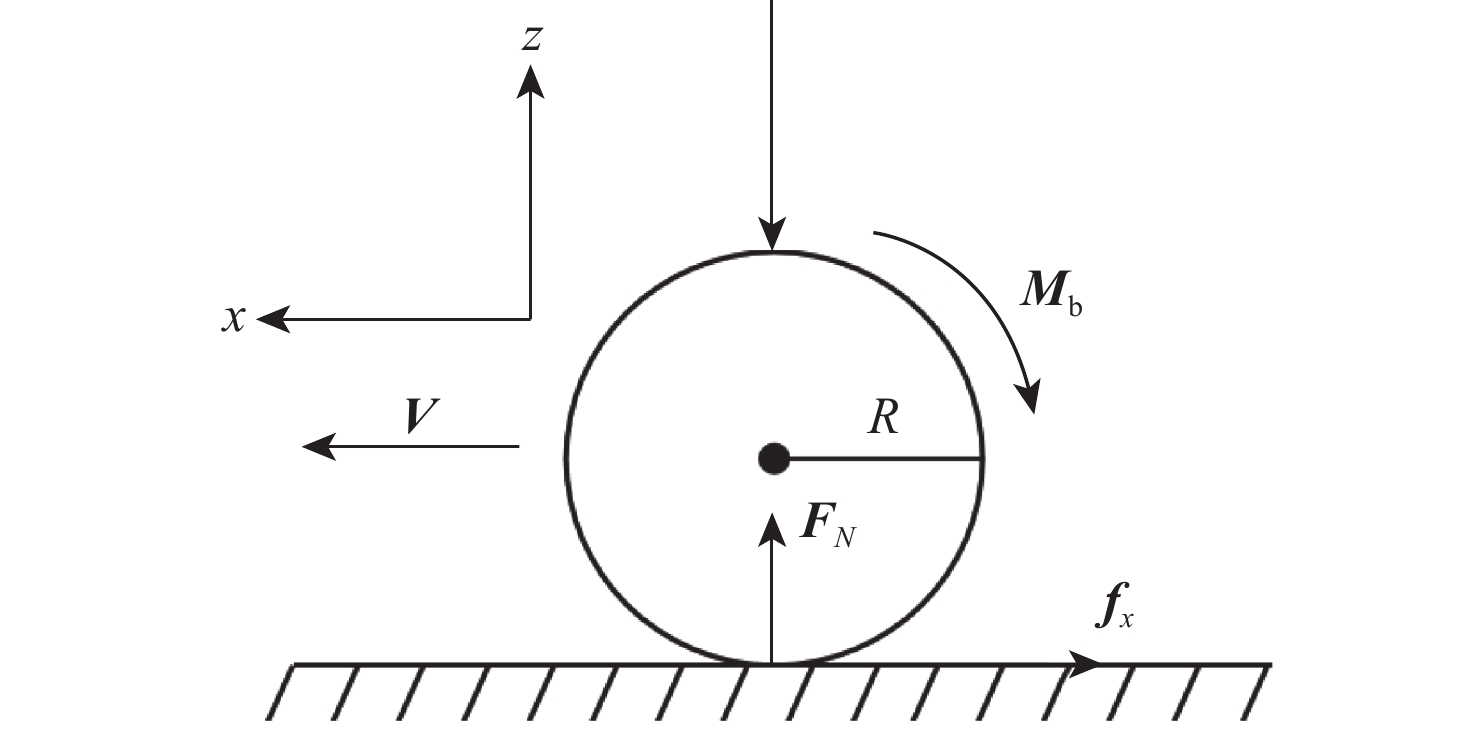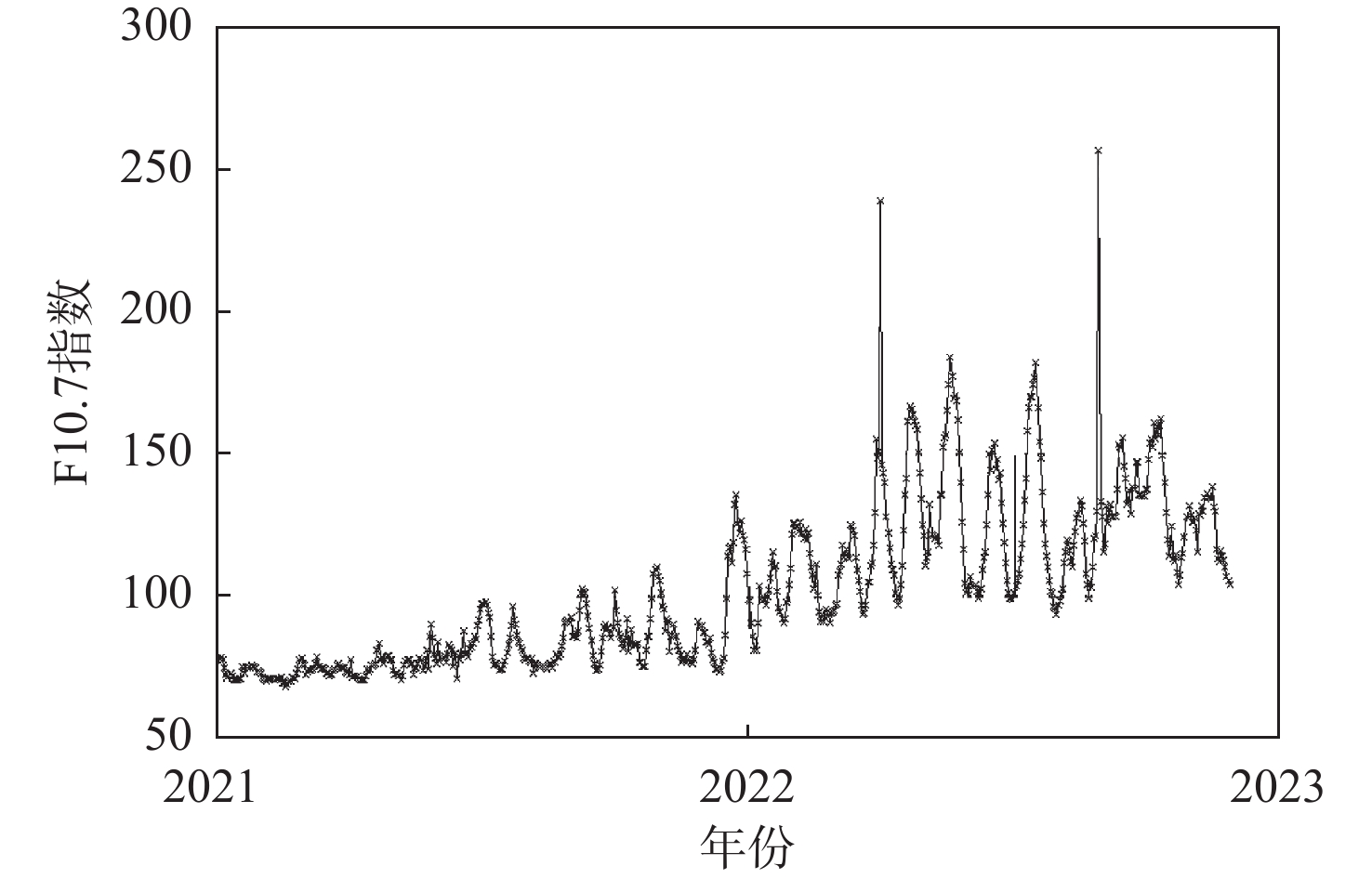To evaluate the performance of broadcast ionospheric models in existing global navigation satellite systems (GNSS), post-processed global ionospheric map (GIM) products provided by the International GNSS Service (IGS) Analysis Center are used. Long-term accuracy evaluations of ionospheric total electron content (TEC) and positioning domains are conducted for the BeiDou system, global positioning system (GPS), and Galileo broadcast ionospheric models. It is observed that during the solar activity ramp-up, the accuracy of all four models (BeiDou system Klobuchar 8-parameter model (BDSK8), GPS Klobuchar 8-parameter model (GPSK8), BeiDou global ionospheric model (BDGIM), NeQuickG) declines to varying extents, with distinct characteristics observed in different latitude bands. The results indicate that the BDGIM exhibits the best performance, with root mean square (RMS) increasing to 7.27, 4.43, and 4.00 TECU in the three latitude bands, and three-dimensional positioning errors increasing to 6.62, 2.81, and 3.51 meters, respectively. The BDSK8 is most influenced by solar activity, with an RMS amplification factor reaching up to 4 to 5 times. Finally, a Bagging regression tree learner is used to model and predict errors in various broadcast ionospheric models based on space physics parameters. The BDGIM model demonstrates the best predictive performance, with root mean square errors (RMSE) of 2.13, 1.23, and 1.47 TECU for the three latitude bands, and relative errors (RE) of 18%, 15%, and 14%, respectively. The NeQuickG model ranks second, with RMSE values of 4.60, 2.27, and 1.47 TECU, and RE of 17%, 18%, and 21%, respectively. The predictive accuracy of the two Klobuchar models is unsatisfactory.



